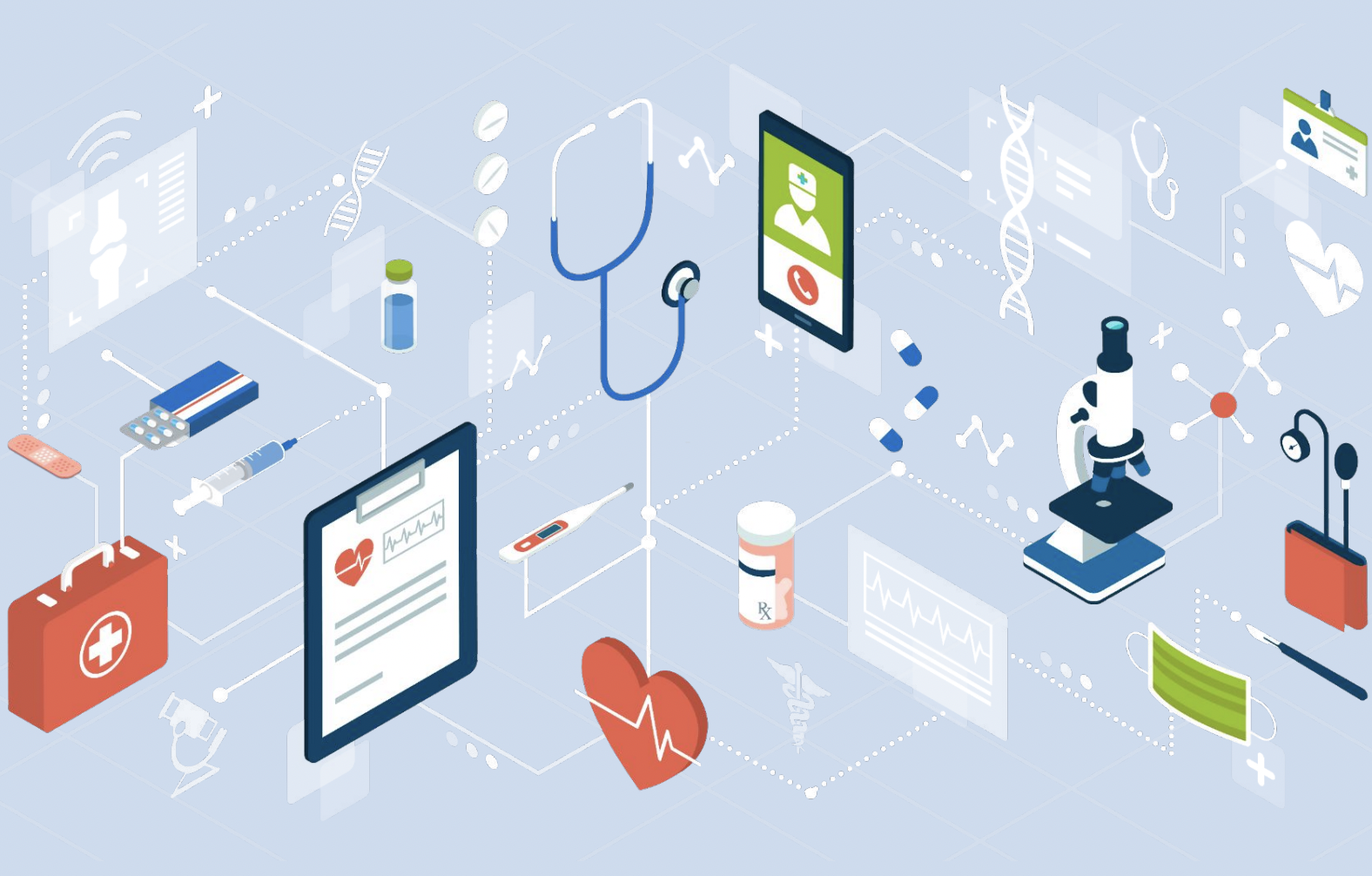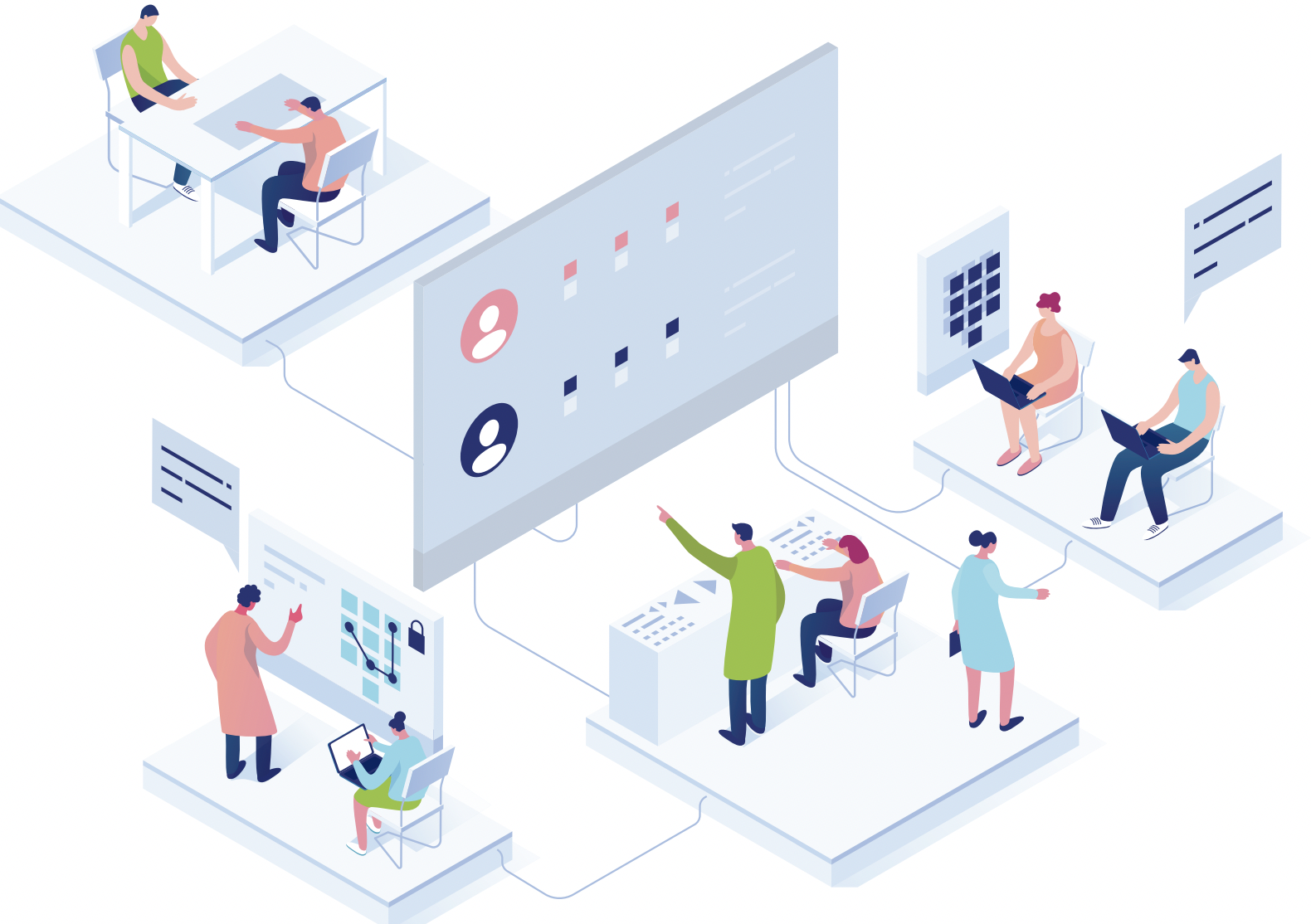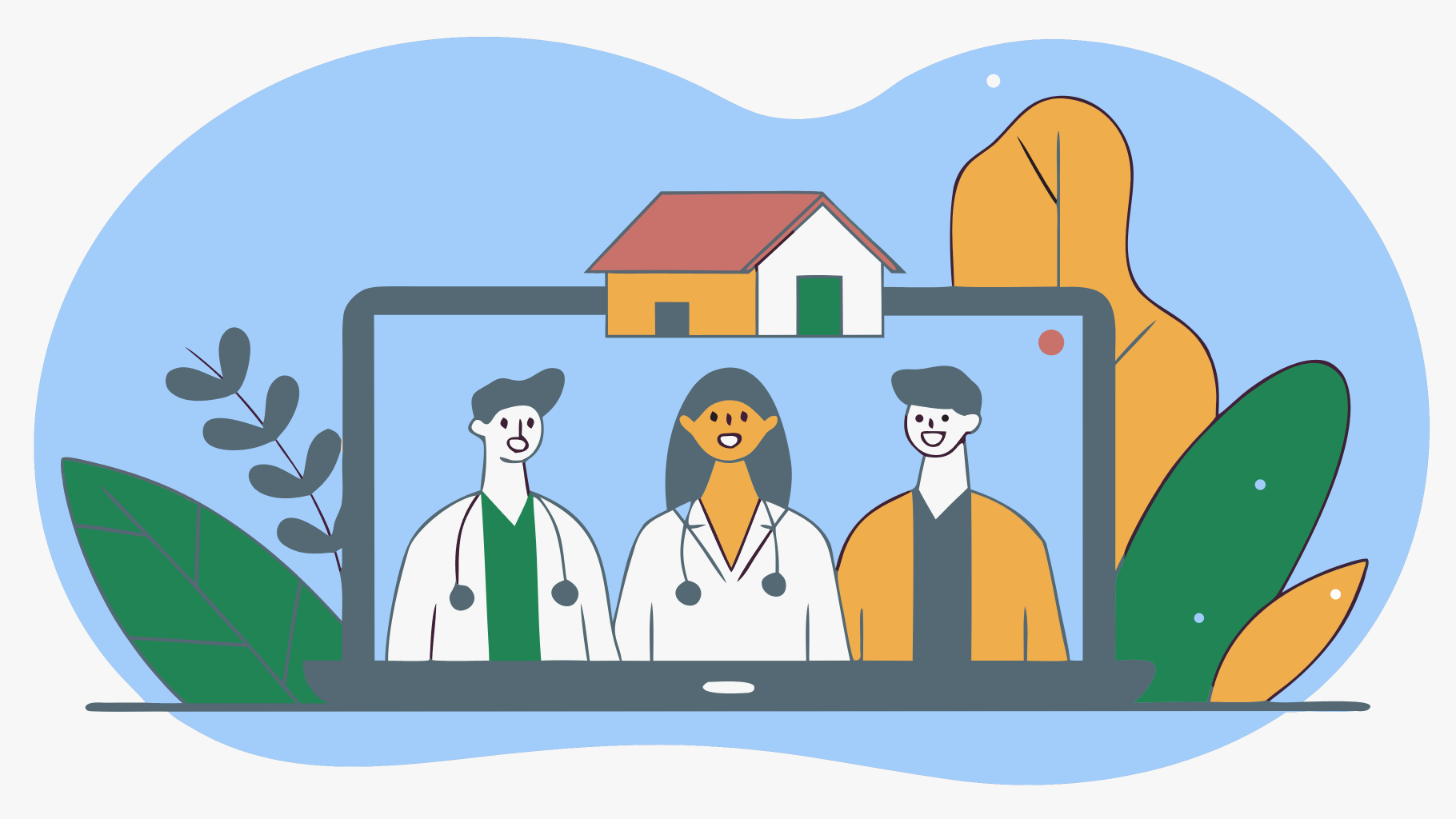Remote Patient Monitoring (RPM) is proving to be a powerful telehealth program. Benefits of RPM include improved care outcomes, new revenue for your organization, and an enhanced patient experience. RPM is still relatively new. The current RPM reimbursement codes have been in place since January 2020.
Chronic Care Management (CCM) is an older reimbursable virtual care program. CMS started reimbursing CCM in 2015. The care team was required to spend 20 or more minutes per month of non-face-to-face time on patient care. That 20 minutes per month is today's CCM CPT Code 99490 (look familiar?—that's where we get RPM CPT code 99457). In many ways, RPM grew out of the success of CCM in maintaining a monthly cadence of high-touch, non-face-to-face (i.e., "virtual") care management services for the most at-risk patients.
With CCM, the results showed improvements in patients' health status and reductions in acute events requiring expensive emergency room visits, ambulances, and hospitalizations. This paved the way for RPM in 2020.
Today, 1bios has customers using our platform and services to deliver "stand-alone" and “joint” programs. Some only provide stand-alone RPM; some provide stand-alone CCM. We have others delivering joint programs like RPM and CCM together, or another combination of virtual care programs. These other programs include Principal Care Management (PCM), Transitional Care Management (TCM), Complex CCM (C-CCM), Qualified Healthcare Professional CCM (QHP-CCM), and Behavioral Health Integration (BHI).
(Note: 1bios is adding Remote Therapeutic Management (RTM) and other reimbursable virtual care programs to this list in 2022. The overall success of virtual care programs is driving their expansion.)
With few exceptions, our customers who deliver both RPM and CCM, or other joint programs, are seeing superior results compared to those offering a single standalone program (e.g., just RPM or just CCM).
Why are results better when using multiple telehealth programs? We see three chief benefits resulting from offering a joint program of RPM, CCM, and potentially other programs as well:
- Better health outcomes: When a patient is enrolled in more than one reimbursable virtual care program, they will get a higher level of touch and care. This could mean more devices to support monitoring, higher touch, more frequent connections from the monitoring team, and more robust care coordination.
- More funding/revenue: An RPM-only patient is reimbursable on average $100–$200/month. A patient who needs RPM and CCM is reimbursable on average $200–$300/month. You will be paid more when you spend more time and resources. You are creating the greatest likelihood that you will improve the patient's health status or at least reduce the likelihood that the patient will visit the emergency room, be in an ambulance, or be hospitalized.
- Best patient experience: Some patients will be a great fit for CCM only because adding a monitoring device won’t improve the level of care for their chronic condition(s) (or, because they or their caregiver(s) won’t be capable of utilizing the device). On the other hand, some patients will only qualify for RPM because they don't have two or more chronic conditions. The point here is that if you have only one virtual care management program, you may be limited in who you can enroll or have gaps in your ability to provide the best-fit (single or combination) virtual care programs to your patients.
CMS is explicitly reimbursing for RPM and CCM together to achieve the above benefits. If you are already providing one, it is likely you will also benefit by adding more virtual care options to your existing program.
At 1bios, we've built our system specifically to support RPM, CCM, PCM, C-CCM, QHP-CCM, BHI, RTM, and more. You can deliver any single program to your patients or combinations like RPM and CCM where a single patient is enrolled in both. We will continue to expand the list to include RTM and more in 2022. Our recommendation is that you ensure your CCM, RPM or other virtual care delivery systems can go beyond a single codeset.
For more information on what to look for in software features and functionality in a full featured RPM, CCM and other virtual care programs system, check out our other articles.
If you want to discuss the best approach for your organization and patients, book a virtual meeting with us today!



